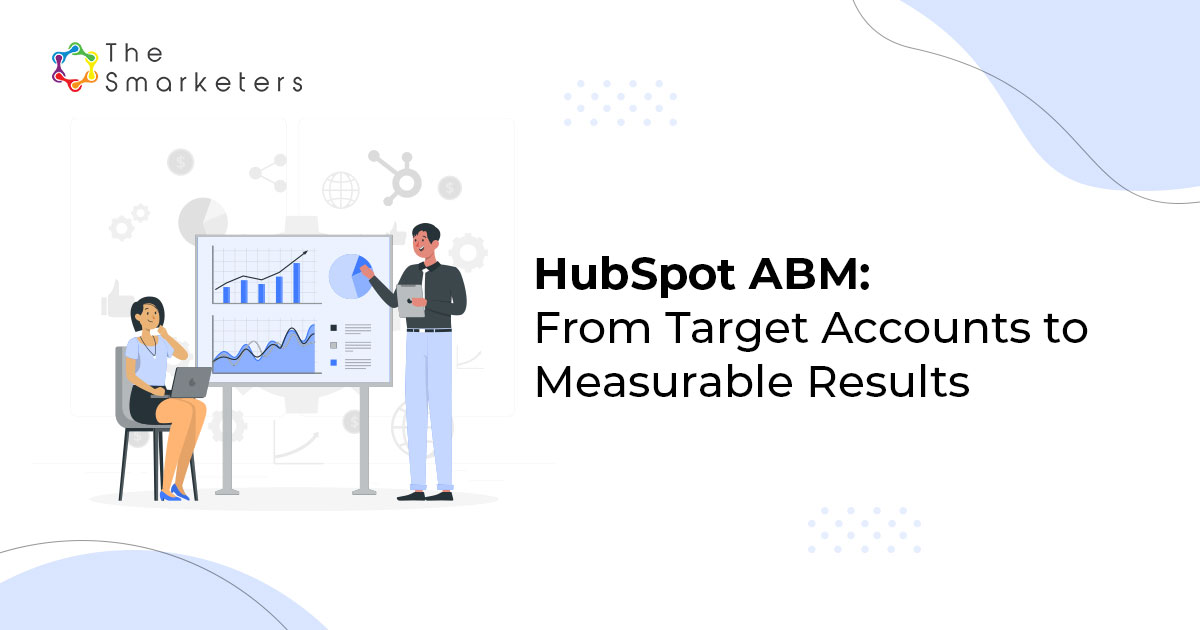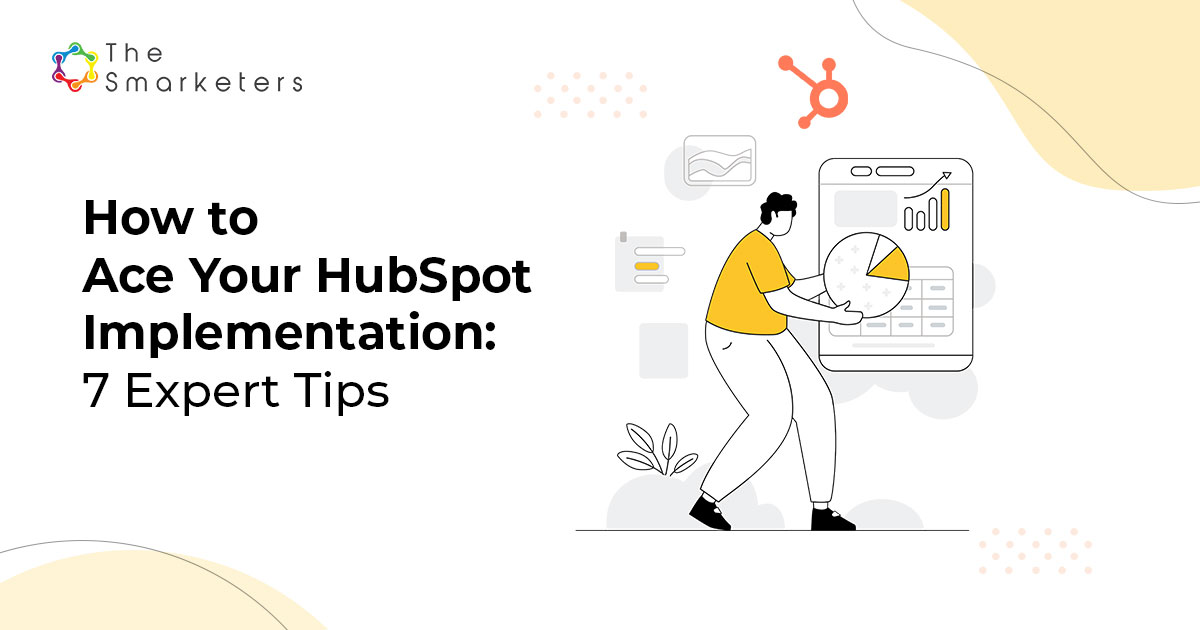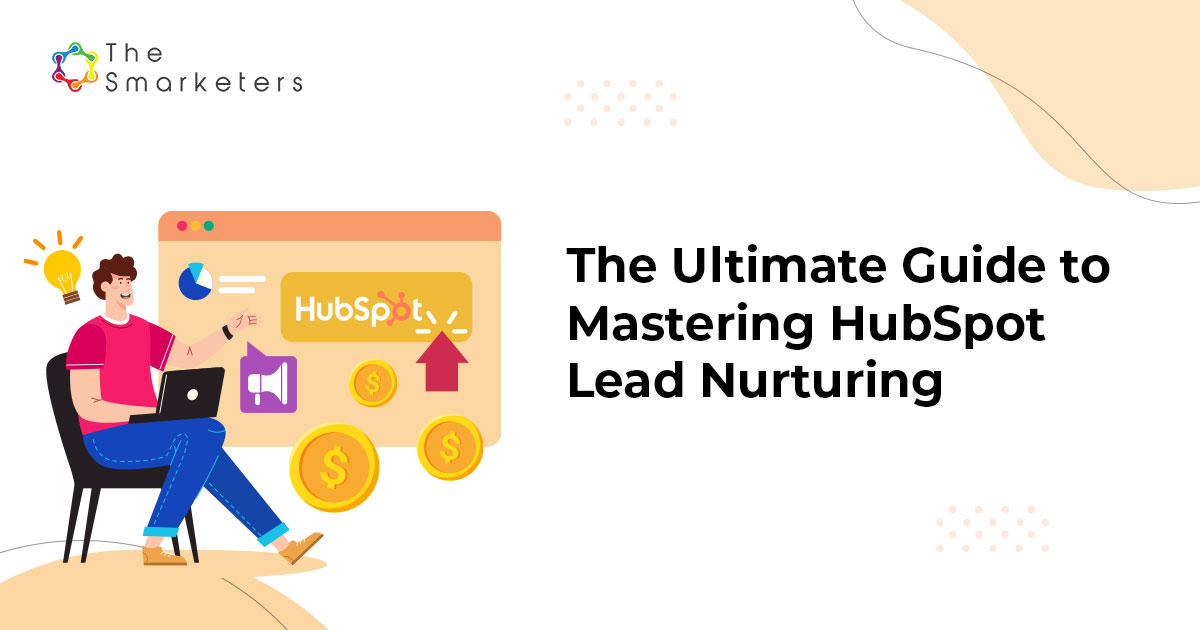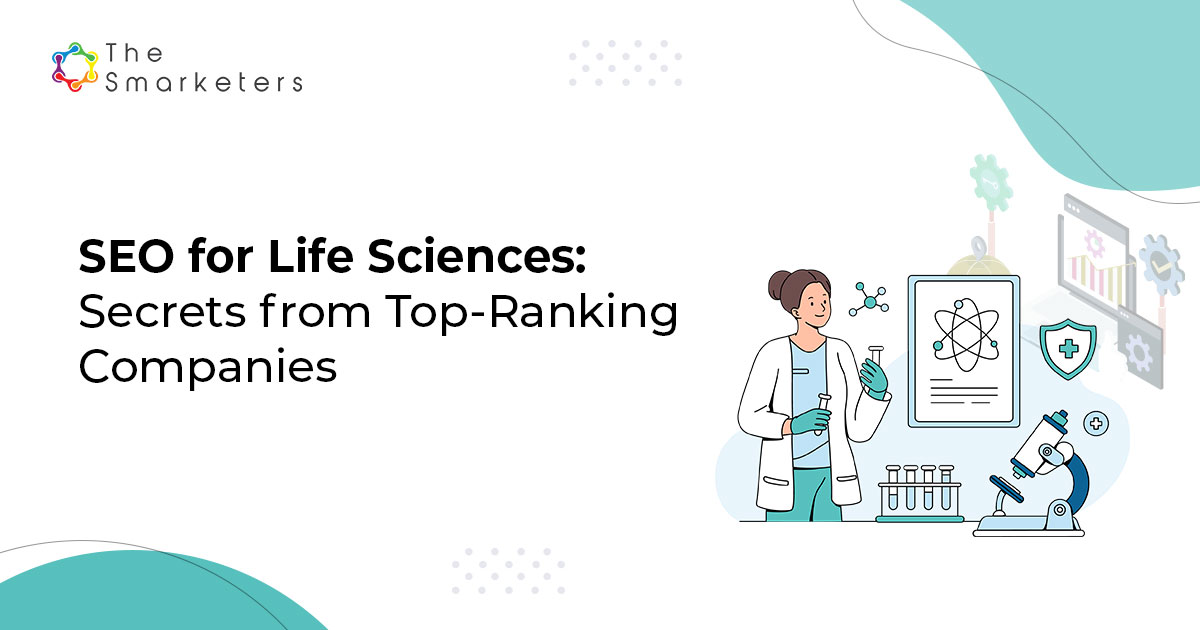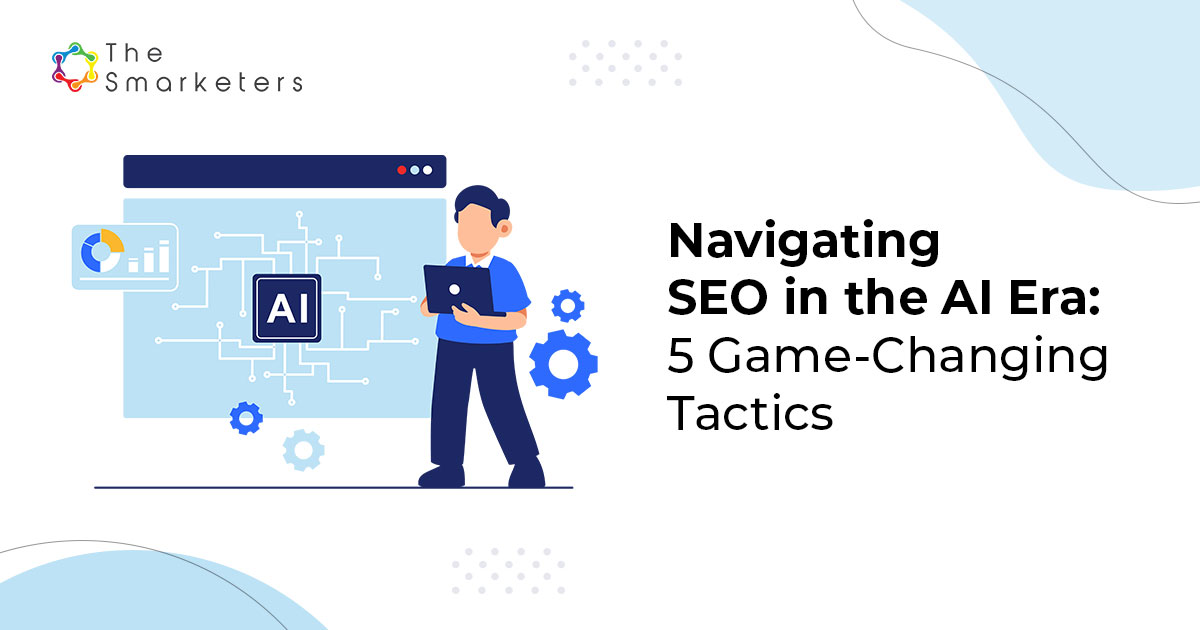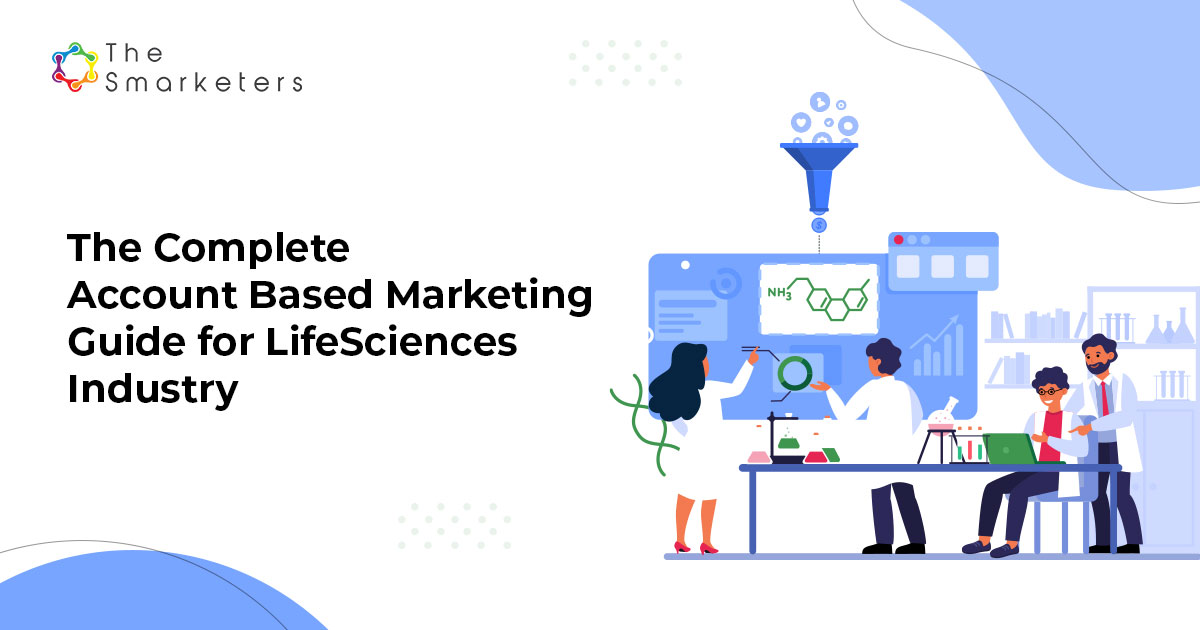The healthtech space has witnessed a massive boom in the past few years. In an interview conducted by consulting giant Deloitte, interviewees said, “We believe that the health tech market holds many opportunities moving forward, and the sector continues to show strong signs of growth to disrupt healthcare.” 2022 investments in healthtech were still approximately 30% higher than in 2020 and more than doubled from 2019.
However, one of the biggest challenges that healthcare companies face is a long sales cycle that often bears no fruit and ends up in lost and dead leads.
Filling up your sales funnel with high-potential leads is easy; however, the same cannot be said about shortening the healthtech sales cycle. The healthtech space has traditionally depended on publications, “meet n-greet” events, and word-of-mouth. However, such conventional tactics have often played a significant role in slowing down sales.
Healthtech services are unique, and selling them to the right people requires creating and implementing commensurate healthtech business models that can optimize the B2B healthtech marketing funnels.
Given that a shortened sales cycle gives more time to score additional leads, improve the bottom line, and create a competitive position in the industry, MedTech marketers must scrounge for ways to speed up the health tech sales cycle.
So, here’s why selling to healthtech buyers takes so long and a few effective best practices to speed up the health tech sales cycle.
Taking too long to sell your healthtech sales product? Understand why!
A typical B2B healthtech sales cycle can last a couple of weeks, months, or sometimes, even years. While the good part is that buyers are investing more time and resources in research before buying the product, the journey to sales is still lengthy and complicated.
Such a scenario warrants the importance of healthtech marketing, urging companies to look at ways to shorten the digital healthcare sales cycle. But before we jump into the best practices for shortening the healthtech sales cycle, let’s first understand why selling in healthtech takes so long.
- Mandatory Purchase Process
Purchasing in the healthcare business requires careful consideration concerning patients’ lives. Consequently, many companies have a Board of Directors mandated buying process in place.
Such a process covers a Request for Proposal (RFP) and many other stages that often elongate the length of the B2B digital healthcare cycle.
- Too many stakeholders involved
At least six to ten stakeholders are involved in every B2B healthtech buying process, from the clinical staff to IT to finance, procurement, and cybersecurity. Each has concerns in the purchase process; hence, building consensus is critical and a mandate.
Addressing individual stakeholder concerns to reach a buying decision leads to longer B2B healthtech sales cycles.
- Proving credible ROI is challenging
Regarding healthcare, proving ROI is about showing positive patient outcomes and providing tangible evidence of increased sales or reduced costs to prove the solution is worth it.
- Balancing priorities
Any significant healthtech decision has two sides: a big purchase decision involving a huge financial investment can derail budgets, thus leading to poor EMR implementation.
Conversely, a terrible technology decision can put a patient’s life at severe risk, leading to worse outcomes. Thus, any B2B healthtech buying decision warrants careful decision-making, leading to longer sales cycles.
Effective Ways to Speed up the Health Tech Sales Cycle
As with a longer sales cycle, such as in healthtech, continuously nurturing leads takes work. Older leads may get lost as new ones come in. As the sales team keeps prospecting leads and months pass, memorizing prospects and their respective needs becomes tough.
Therefore, creating an effective marketing funnel is the only way to improve healthcare sales and speed up your healthtech sales cycle.
Below we discuss some best practices for shortening the sales cycle in healthtech.
- Identifying buyer personas
A buyer persona is a fictional representation of the ideal B2B customer. Whether a hospital administrator, a clinician, a practitioner, or the C-suite, it is essential to know who you are selling to.
Examine your sales and identify who is easiest to sell to – low customer acquisition cost (CAC) and high customer lifetime value (CLV). Predict who will want to buy your product based on requirements, budget, and market conditions. CAC and CLV are needed to grow the healthtech business and provide valuable patient care.
You can calculate CAC and CLV using these simple formulas –
| CAC =Cost of Sales and Marketing divided by the Number of New Customers Acquired. |
| CLV = Average Revenue per Account (ARPA) / Customer ChurnORCLV = Average Revenue per Account (ARPA) × Average Customer Lifetime |
Once you have calculated CAC and CLV, create your buyer personas. Using AI, data analytics, and social media, B2B healthtech companies can understand the unique challenges of each buyer’s personas and leverage account-based marketing (ABM) to target them with the correct information and engagement tactics. This can shorten the sales cycle by immediately involving the right prospects with the right messaging.
- Developing a sense of urgency
It is a key strategy for shortening the health-tech sales cycle. By highlighting the risks of not adopting your solution and the potential benefits of doing so, you can create a compelling case for potential customers to act quickly. One effective way to create urgency is to emphasize the negative consequences of not adopting your solution. For example, highlight the risks of falling behind competitors using similar technology or the potential for missed opportunities and lost revenue if your solution is not implemented quickly.
On the other hand, you can also emphasize the positive benefits of adopting your solution. This might include improved patient outcomes, increased efficiency, or cost savings. By demonstrating the value of your solution, you can motivate potential customers to take action and invest in your product. Another strategy for creating urgency is to offer limited-time incentives, such as discounts or bonuses, to encourage potential customers to act quickly. For example, you might offer a discounted price or a bonus feature for customers who sign up within a certain timeframe. This can create a sense of urgency and encourage potential customers to decide sooner rather than later.
Overall, creating a sense of urgency is an effective way to shorten the health-tech sales cycle. By highlighting the risks of not adopting your solution and the potential benefits of doing so and by offering limited-time incentives, you can create a compelling case for potential customers to act quickly and invest in your product.
- Creating a sense of community
It is a powerful way of shortening the health-tech sales cycle. When you build a community around your solution, you create a group of advocates who are not only interested in your product and invested in its success. By fostering this sense of community, you can create a network of individuals willing to share their experiences with your product and provide recommendations to others. This can increase the likelihood of customer referrals and accelerate the sales process.
Online forums and user groups can be used to facilitate communication between users, allowing them to share their experiences, provide feedback, and ask questions. By engaging with your users in this way, you can gain valuable insights into their needs and preferences, which can inform your product development efforts and help you tailor your sales pitch to meet their needs better.
Networking events can also be an effective way to build community and foster relationships with potential customers. By hosting or participating in industry conferences, meetups, and other events, you can connect with individuals who are interested in your product and share your vision for improving healthcare.
Creating a sense of community is a powerful way to build brand loyalty and accelerate sales. By engaging with your users and fostering a sense of belonging, you can create a network of advocates eager to share their experiences with others and help drive the success of your solution.
- Collaborating with influencers
Collaboration can be a highly effective strategy for shortening the health-tech sales cycle. Influencers, such as industry thought leaders or healthcare professionals with large followings, can help you expand your reach and credibility, which can in turn, drive sales.
Influencers can help shorten the sales cycle by providing social proof that your product or service is effective. When an influencer with a large following endorses your solution, their followers are likelier to trust and invest in your product. This can lead to a quicker decision-making process and a shorter sales cycle.
Influencers can also help you reach new audiences that may not have been aware of your solution. By promoting your product or service to their followers, they can expand your reach and introduce your solution to new potential customers.
Additionally, influencers can help build credibility for your brand by sharing their experiences with your product or service. Providing honest and authentic reviews or testimonials can help establish trust with potential customers and make them more likely to invest in your solution.
Collaborating with influencers can be a powerful way to shorten the health-tech sales cycle. By leveraging their reach and credibility, you can expand your audience, establish social proof and credibility, and ultimately drive more sales for your solution.
- Simplifying the buying process
It is a key strategy for shortening the health-tech sales cycle. One way to achieve this is by eliminating unnecessary steps, such as streamlining the registration process, reducing the number of forms or fields customers need to complete, or eliminating any non-essential steps in the sales process. By simplifying the process, you can make it easier for customers to decide and start using your solution.
Another way to simplify the buying process is by providing clear and concise information. This might include detailed product information, pricing information, and other relevant details that customers need to make an informed decision. By providing this information clearly and concisely, you can make it easier for customers to understand the value of your solution and make a decision more quickly.
Finally, ensuring a smooth transition from sales to the onboarding can also help simplify the buying process. This can include providing clear instructions on how to get started with your solution, offering support during the onboarding process, and following up with customers to ensure they are satisfied with their purchase. By providing a seamless transition, you can improve customer satisfaction and reduce the likelihood of customer churn.
Overall, simplifying the buying process by eliminating unnecessary steps, providing clear and concise information, and ensuring a smooth transition from the sales process to the onboarding process can help reduce the time and effort required for customers to make a decision and start using your solution, ultimately leading to more sales and greater customer satisfaction.
- Leveraging healthtech marketing automation
Marketing, customer, and sales automation tools have successfully prioritized continual engagement.
Contrary to popular belief, such tools don’t remove the human element from marketing. Instead, healthtech marketing automation saves countless hours spent sending out follow-up engagement or lead generation emails.
Research by HubSpot shows that almost four-fifths (72%) of the most successful companies utilize marketing automation.
Automation shortens the healthtech sales cycle drastically, allowing healthtech companies more time to engage with warm leads that have entered the B2B healthtech marketing funnel.
- Always choose the right platforms!
Choosing the right platforms is critical to shortening the healthtech sales cycle. While traditional methods such as networking events and print ads can still be effective, digital platforms often provide a higher return on investment for B2B healthtech sales and marketing. Digital platforms offer various options to reach potential customers, including social media, search engines, email marketing, and online marketplaces. By leveraging these channels, companies can quickly and easily get their ideas, messaging, and information in front of the right people, eliminating wasted time and resources that can slow down the sales cycle.
One of the key advantages of digital platforms is their ability to target specific audiences. For example, social media platforms like LinkedIn allow companies to target users based on their job title, industry, or other relevant demographics. This can help ensure that marketing efforts reach the right people, reducing the time and effort required to generate leads and close sales.
Another advantage of digital platforms is their ability to track and analyze data. By leveraging analytics tools, companies can gain insights into how potential customers interact with their content, allowing them to refine their messaging and optimize their campaigns for better results. This data-driven approach can help shorten the sales cycle by enabling companies to make informed decisions based on real-time information.
Choosing the right platforms is essential for shortening the healthtech sales cycle. By leveraging digital channels and targeting specific audiences, companies can quickly and easily get their message in front of the right people. At the same time, data analytics tools can provide valuable insights to optimize marketing campaigns for maximum ROI.
Looking to speed up your B2B Healthtech Sales Cycle? The Smarketers is here to help!
By now, you must have understood the healthtech industry’s challenges regarding longer sales cycles and what steps can be taken to overcome these and create an effective sales funnel.
Are you looking to shorten your B2B healthtech sales cycle? As experts in the healthtech marketing space, we are here to help you create a healthtech sales strategy that produces maximum quality leads, generates positive ROI, and helps speed up the sales cycle in healthcare.
Get on a personalized consultation call with an expert Smarketer to know more!



